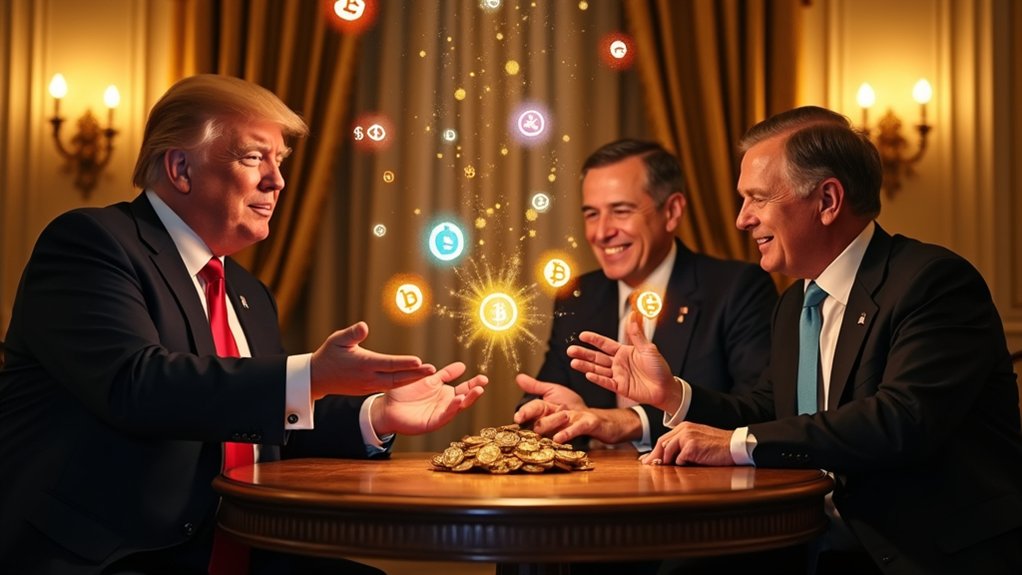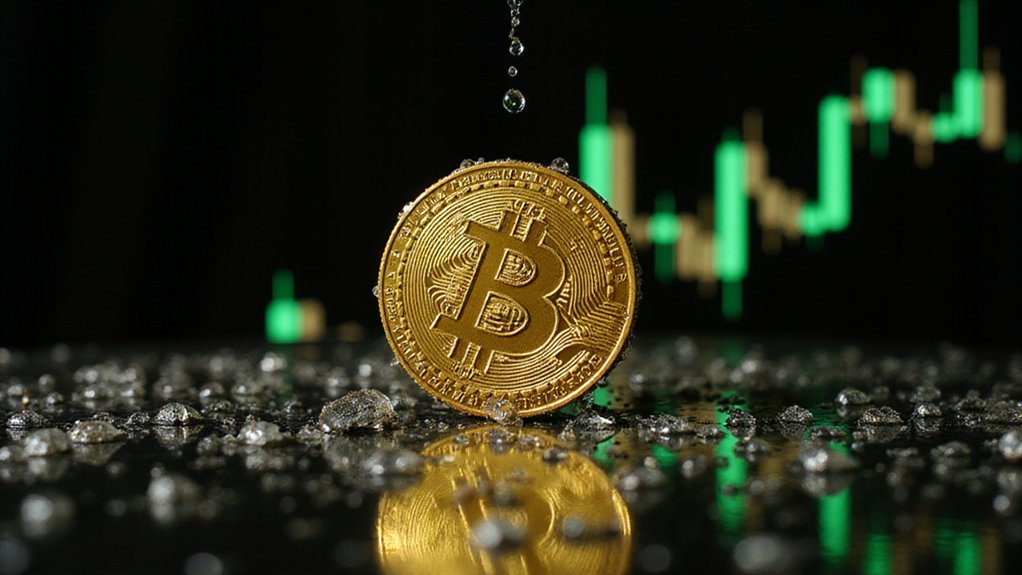The memecoin market‘s latest theatrical performance featured PENGU stealing the spotlight with a 17% surge on July 10, 2025—a dramatic reversal that transformed weeks of stagnation into what traders are calling a proper comeback story. This parabolic leap coincided with the broader meme coin sector‘s trading volume surging 60% in twenty-four hours, suggesting that speculative appetite had returned with characteristic fervor.
The rally’s foundation rested on familiar pillars: whale accumulation and renewed bullish sentiment. Funding rates for PENGU flipped decisively positive, reaching 0.0042%—a technical indicator that signals traders’ willingness to pay premiums for leveraged long positions. Meanwhile, whale wallets holding over $1 million in PENGU increased their holdings by 1%, bringing their collective stake to 2.15 billion tokens (approximately 2.8% of circulating supply). Such concentrated accumulation effectively reduces available supply while demonstrating institutional confidence in the asset’s trajectory.
Whale accumulation and positive funding rates created the perfect storm for PENGU’s dramatic reversal from prolonged stagnation.
Bitcoin’s ascent to new all-time highs above $117,000 provided essential market tailwinds, fostering the kind of euphoric atmosphere where meme coins historically thrive. While blue-chip altcoins like Solana and Ethereum managed only modest gains, meme coins capitalized on their high-risk, high-return reputation to attract speculative capital seeking alternatives to traditional crypto assets.
The fundamental dynamics underlying this surge reflect broader shifts in meme coin architecture. Projects now incorporate deflationary models, staking rewards, and structured presales—mechanisms that create artificial scarcity while maintaining community engagement through NFTs and cultural branding. These innovations represent attempts to legitimize assets that remain fundamentally tied to social sentiment and viral trends.
Technical indicators supported the bullish narrative, with PENGU’s intraday charts displaying breakout patterns after prolonged consolidation. The positive funding rates reflected genuine demand in futures markets, while Bitcoin’s movement above its 50-day moving average provided additional confidence for risk-on positioning.
Market sentiment shifted from neutral-to-negative toward cautiously optimistic as short positions declined and institutional spillover effects from Bitcoin’s rally created favorable conditions. This transformation underscores the meme coin sector’s unique position as both speculative playground and legitimate component of the broader cryptocurrency ecosystem—a duality that continues to perplex traditional analysts while enriching those brave enough to navigate its volatility. Meanwhile, Layer-1 blockchain projects like Kaanch Network are attempting to address fundamental infrastructure limitations by offering multi-chain interoperability with established networks like Ethereum, Solana, and BNB Chain, potentially providing more stable foundations for future meme coin deployments.









